Trump administration struggles to explain US military role in Syria
The State Department, White House and Pentagon are sending mixed signals about how long the US will stay in Syria, and if it will try to counter Iran
A top U.S. State Department official sought to distance the American military’s role in Syria from the Trump administration’s aim of hedging Iranian influence in the country during a briefing with reporters on Thursday, September 27 during the United Nations General Assembly in New York.
State Department Special Representative for Syria Engagement James Jeffrey stated that while the U.S. continues to pursue a number of goals in Syria, the military’s sole objective remains fighting against and preventing the return of Islamic State.
“First of all, the U.S. will remain in Syria until the enduring defeat of ISIS … that’s the military mission. It’s not broader than that,” he said, adding however that the “mere presence and denial” of U.S. forces has “certain implications for the rest of the situation.”
Jeffrey was appointed to the position on August 17, and has since announced a “major diplomatic initiative” to achieve U.S. aims in Syria, which include the removal of all Iranian proxy forces from the country.
“The new policy is we’re no longer pulling out by the end of the year,” Jeffrey told The Washington Post on September 6.
His comments last Thursday follow suggestions earlier in the week by other American officials that the Trump administration is using open-ended U.S. military control over strategic Syrian territory to block Iranian proxy force movements and leverage a desirable political outcome to the war, a significant departure from the original mission and potential violation of its legal limitation under U.S. law.
National Security Advisor John Bolton said last Monday that the U.S. intends to keep an indefinite presence in Syria until Iran withdraws its forces.
Bolton’s predecessor, H.R. McMaster, claimed in December that “80 percent of Assad fighters are Iranian proxies” aiming to establish a land bridge from Tehran via Iraq and Syria to the Mediterranean, while Israel’s ambassador to the U.N. has stated that Iran commands some 82,000 local and foreign fighters, estimates which have not been independently confirmed.

“We’re not going to leave as long as Iranian troops are outside Iranian borders and that includes Iranian proxies and militias,” Bolton said. “We have American forces in the area we’re concerned about.”
“That to me sounds like we’re sending our military to Syria to counter Iran,” Congressman Seth Moulton, a former U.S. Marine platoon leader, stated during a House Armed Services Committee Hearing on Wednesday.
U.S. Special Operations Forces deployed to Syria in 2015 under the 2001 Authorization of the Use of Military Force, which the Obama and Trump administrations have loosely interpreted to permit operations against ISIS, but does not authorize the U.S. to engage Iranian or other pro-regime forces unless acting in self-defense.
Since then, U.S. forces have advised and assisted the Kurdish-led Syrian Democratic Forces to seize swathes of territory from ISIS across Syria’s northeast and have maintained a base in the southeast in support of the vetted Syrian opposition group Jaysh Maghawir al-Thawra (MaT) at al-Tanf, placing them in close proximity to pro-regime forces, including Iran-backed Shia militias.
The continuing presence of U.S. troops among SDF partner forces in control over the eastern bank of the Euphrates river directly obstructs Iranian and Syrian forces’ access to the highly coveted territory.
Iranian commanders want access to that territory as part of a land route to move personnel and equipment across the Iraq border. The Syrian regime, likewise, has vowed to recapture all territory east of the Euphrates, in part because it holds the huge majority of the country’s known oil and gas reserves, a significant source of revenue for the government.
Earlier this month, the Trump administration sought to further interdict pro-regime forces’ access to weapons and petroleum with additional Treasury sanctions.
Testifying during the hearing on Wednesday, Assistant Secretary of Defense for Security Affairs Robert Karem noted that “there are aspects of our military operations or presence that can be useful in countering Iran,” but insisted that American forces are “not conducting military operations against Iran.”
Karem and Brigadier General Scott Benedict testified that the presence of U.S. forces in eastern Syria entails the “secondary benefit” of ensuring “that Iran and the [Syrian] regime doesn’t simply plunge across the river.”
“The United States military objectives are designed to destroy the physical caliphate and to set the conditions for a diplomatic solution, an economic solution, and social solutions that will ensure the defeat of ISIS and prevent its resurgence. The military can only play one part in that equation,” Karem said.
The statements constituted the Defense Department’s first clear public acknowledgement that the presence of U.S. military forces in Syria serves additional policy objectives than eliminating and preventing the return of ISIS.
Lawmakers on Wednesday were unsatisfied with the pair’s claims that U.S. military presence was nonetheless exclusively directed at ISIS.
“The National Security Advisor has given you different guidance,” Moulton rebuked Karem. “And as you’ve already said that that is illegal under the authorization given from Congress – then I think the administration’s got a big problem.”
Jeffrey sought on Thursday to rein in Bolton’s comments. While confirming that the American presence in Syria would endure at least until Iranian forces withdraw from the country, he noted that the presence may not necessarily mean “boots on the ground.”
“We’re not going to force the Iranians out of Syria,” Jeffrey said, “because force implies force, military action.”

The Trump administration has been ordered not to allow Iran and its proxy forces to establish a foothold in Syria that could be used to threaten regional allies, a senior official told the Wall Street Journal in December, saying that means to achieve that objective were still being explored at the time.
State and Pentagon officials continue to insist they prefer to use diplomatic pressure to attain the withdrawal of Iran-backed fighters, but negotiations with Russia have yielded no clear results. The U.S. rejected an offer relayed by Russian Security Council Secretary Nikolai Patrushev in August to restrict Iran-backed movement in Syria in exchange for a suspension of an upcoming round of oil sanctions on Tehran.
Pressed about Bolton’s comments, U.S. Defense Secretary Mattis said, “Right now our troops inside Syria are there for one purpose, and that’s under the U.N. authorization about defeating ISIS.”
“I think we’re on the same sheet of music,” Mattis said last week. “There is no daylight between his appreciation of the situation and mine.”
“It is clearly not the case,” Congressman Moulton said during the hearing in response to Mattis’ statement.
Blocking Iranian proxy movement
Iran-backed militia forces are heavily concentrated in the Middle Euphrates River Valley, across the river from U.S. and SDF forces near the Iraq border.
The SDF, advised and assisted by U.S. forces, outmaneuvered pro-regime troops to block their advance to the northeast side of the river at the outset of Operation Jazeera Storm in September 2017, capturing and securing a majority of Syria’s oil and gas reserves along the way.
At the time, CJTF-OIR spokesperson Colonel Ryan Dillon dismissed suggestions of a race for the oil-producing region, stating, “We’re not in the land-grabbing business.” The Pentagon has denied the U.S. directs SDF operations.
U.S. forces nonetheless remain firmly based in the area and are participating in ongoing operations against ISIS in the Hajin pocket near the Iraq border.
Current and former State and Defense Department sources told The Defense Post that the U.S. decision to push the SDF to Deir Ezzor was dictated by battlefield opportunity and motivated ultimately by the aim of routing ISIS from its final territorial stronghold, but acknowledge that the area’s strategic value to America’s adversaries was recognized by Pentagon planners as far back as the Obama administration.
The decision to capture Deir Ezzor’s oilfields was “a collaborative effort by people who know what they’re doing,” Jeffrey told The Defense Post in June, prior to his appointment.
“We were always planning for the day after ISIS,” a former Defense Department advisor told The Defense Post.
The Coalition has responded fiercely to pro-regime encroachments into SDF-held territory on the oil-rich northeast side of the Euphrates.
In February, hundreds of pro-regime fighters were reportedly killed by U.S. air and artillery strikes when U.S. and SDF forces came under attack at the Conoco natural gas field in February. Although many were Russian private military contractors reportedly operating under a deal with the Syrian regime, local tribal fighters from Liwa al-Baqir, an Iran-backed militia, were also reported to be among the dead.
Mattis has repeatedly denied knowing why pro-regime forces would attack that site and acknowledged that he personally gave the order for the force “to be annihilated,” citing self-defense.

In April, pro-regime fighters believed to include Iran-backed militia members seized four villages and towns on the SDF’s side of the Euphrates near Deir Ezzor, only to be driven back in a counterattack reportedly backed by U.S. airstrikes.
Local sources told The Defense Post that participants in the assault included members of the Baggara tribe, which has close ties to Liwa al-Baqir.
Reuters reported a Western diplomat as saying U.S. jets from bases in northern Syria hit the attacking forces, and an SDF source as saying the Coalition had intervened. Neither the SDF nor Pentagon confirmed the U.S. carried out any strikes.
Previous U.S. strikes on non-ISIS forces have invited critical inquiry from lawmakers. The State Department and Pentagon have responded by reiterating the military’s right to self-defense and defense of partner forces engaged in the fight against ISIS.
Circumstances surrounding other incidents in the MERV have been murkier. In June, an Iran-backed militia accused the U.S. of killing 22 of its fighters and wounding 12 others in an airstrike directed at its control over an Iraq border crossing near the Syrian city of Al Bukamal.
The Pentagon denied responsibility for the strike. An anonymous American official told AFP that there was reason to believe Israel had conducted the strike.
Speaking to The Defense Post at the time, Jeffrey emphasized the “very close relationship” between the offices of U.S. Special Representative to the anti-ISIS Coalition Brett McGurk and Israeli Defense Minister Avigdor Lieberman in attempting to manage the presence of Iranian proxy forces in Syria.
War authorization in limbo
The hearing on Wednesday was not the first time lawmakers have roundly censured administration officials for their lack of clarity about the U.S. military’s role in post-ISIS Syria.
In January, the Defense Department failed to send a witness to a hearing before the Senate Armed Services Committee on U.S. strategy in Syria after ISIS, prompting Senator Bob Corker to say the Pentagon had given the committee a “tremendous runaround.”
During the hearing, Acting Assistant Secretary for Near East Policy David Satterfield testified that the administration intended to leverage the Geneva political process in line with U.N. Security Council Resolution 2254 through “our military presence, associated with the SDF, in a critical and very significant piece of Syrian territory,” which includes “significant agricultural and hydrocarbon resources.”
Satterfield reiterated the administration’s policy to rid Syria of Iran-backed forces. “With respect to the borders and to the land-bridge issue, we see minimal movement by Iran across land borders, and that is in significant measure a product of our own presence, our own activities,” Satterfield said.
When asked to specify the U.S. military’s role in the strategy, Satterfield declined to answer in an unclassified setting.
“Hence the problem with this. You just said what gives us a seat at the table … is our Department of Defense presence, and they’re not here today,” Senator Marco Rubio replied during the January hearing.

Lawmakers have both expressed concern that lack of a clear post-ISIS stabilization plan for Syria would open the door for further conflict while also warning administration officials that an expansion of the military mission beyond ISIS would violate the 2001 AUMF.
Mattis and then-Secretary of State Rex Tillerson opposed a Congressional proposal to update the war authorization in October 2017, citing concerns that legislative hold-ups might stall key operations and put U.S. forces in difficult positions on the battlefield.
Congress has since introduced two separate proposals to replace the 2001 AUMF, though there has reportedly been insufficient political will to place new limits on the administration’s authority.
“People do what’s inspected, not expected,” a former top Defense Department official told The Defense Post when asked about the expansion of the Syria mission. “If there’s oversight, people behave properly.”
“There’s no consequences for the tack they’ve taken,” the former official said, speaking on condition of anonymity, “except for maybe a public chiding in a hearing.”
“Congress is knowingly asleep at the switch.”
Why won’t Secretary Mattis say the US controls Syrian oilfields?

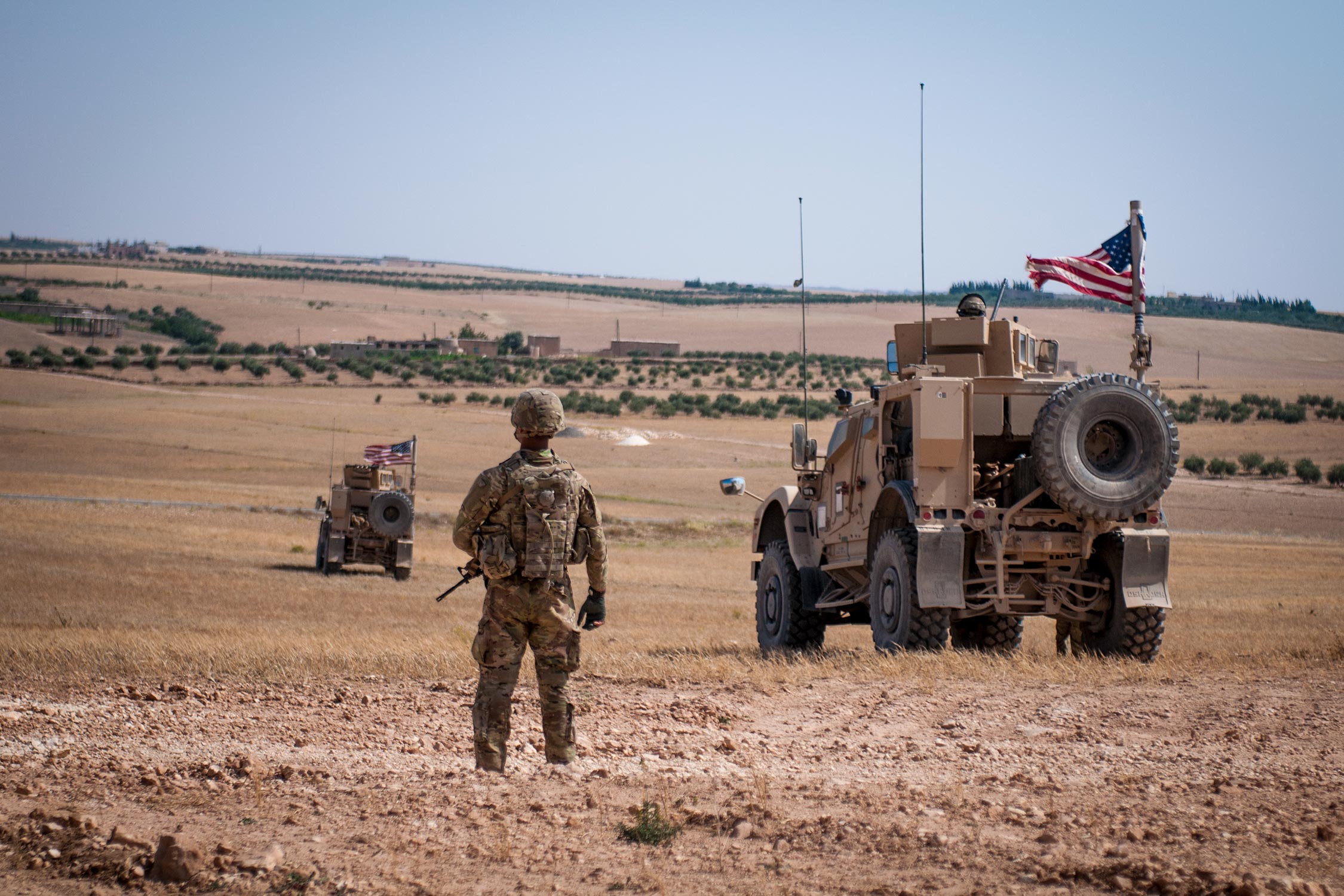




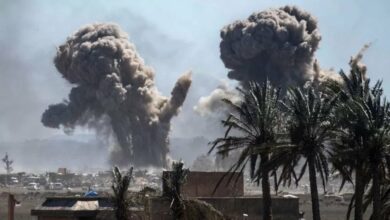

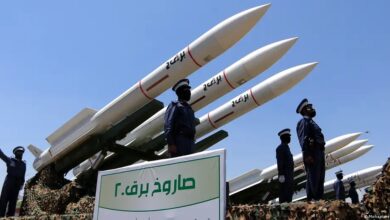

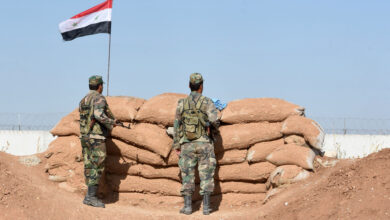
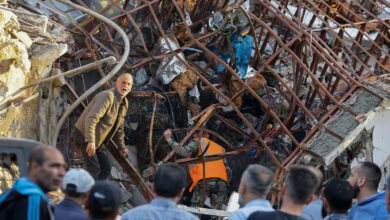
2 Comments